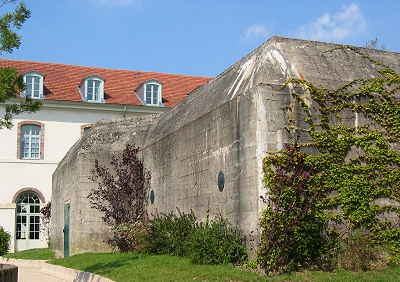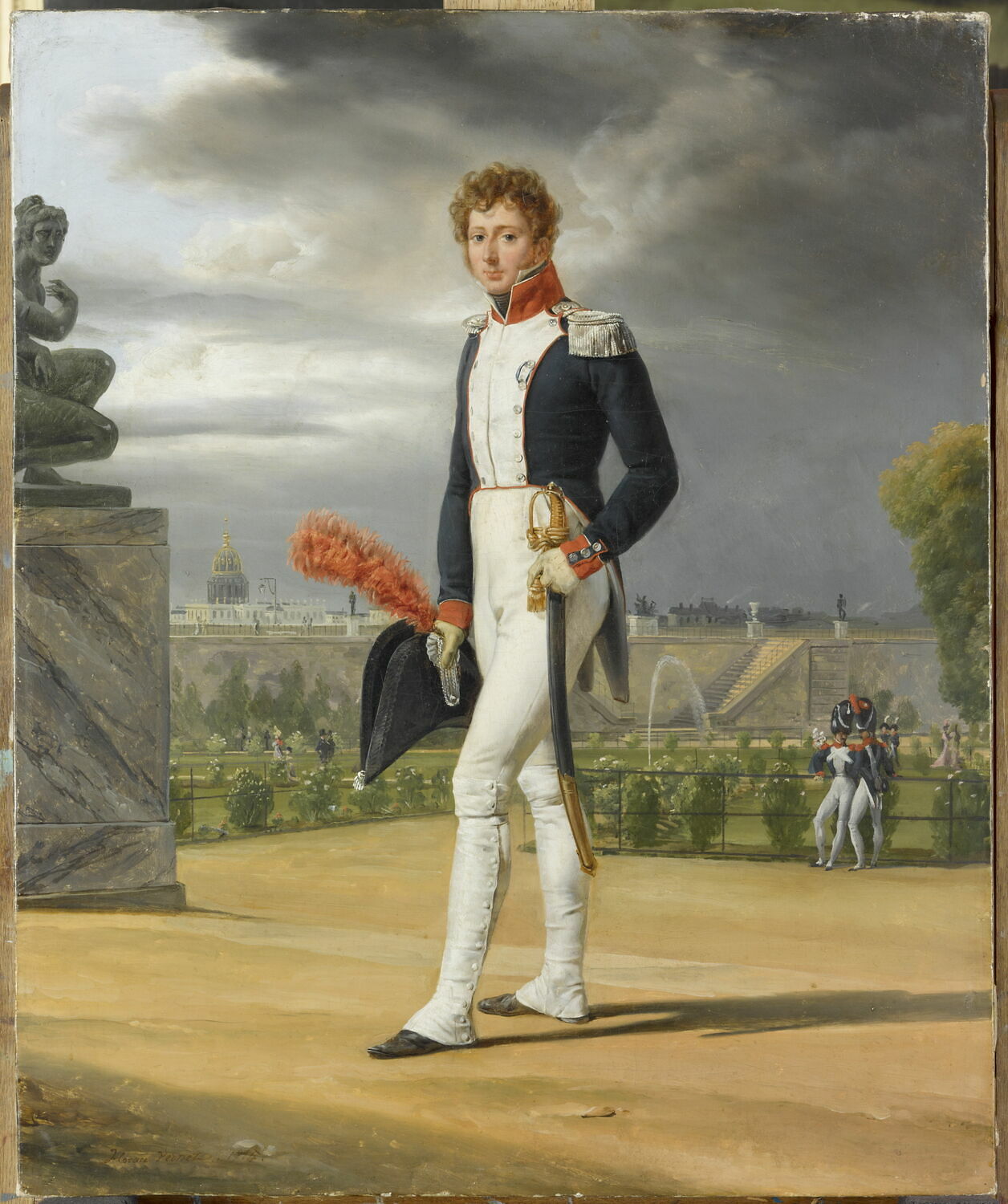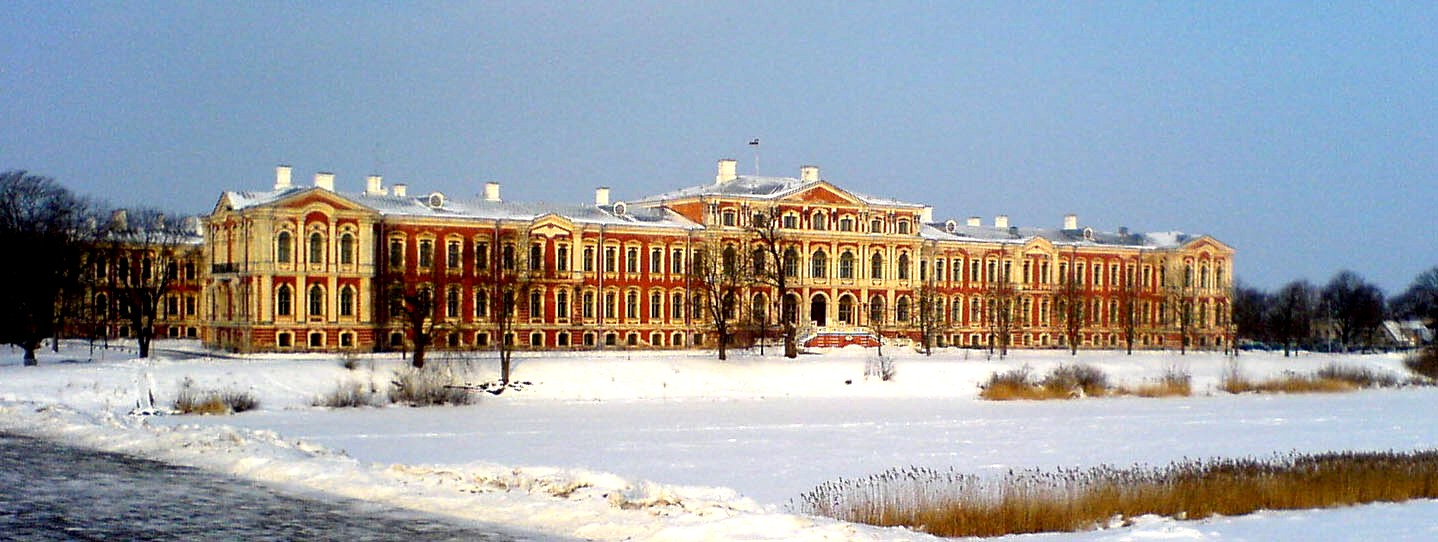|
Amédée Willot
Amédée Willot, Count of Gramprez, (31 August 1755 – 17 December 1823) held several military commands during the French Revolutionary Wars but his association with Jean-Charles Pichegru led to his exile from France in 1797. He joined the French Royal Army as a volunteer in 1771 and was a captain by 1787. He was elected commander of a volunteer battalion in 1792 and served in the War of the Pyrenees. Shortly after being promoted commander of a light infantry regiment Willot was appointed general of brigade in June 1793. A few months later he was denounced as a Royalist and jailed. In the light of later events, this may have been an accurate assessment of Willot's sentiments. After release from prison in January 1795, he led troops in Spain during the summer campaign. He was promoted to general of division in July 1795. Willot transferred to the War in the Vendée where he served until spring 1796. During this period he was temporarily in command of the '' Army of the West''. He w ... [...More Info...] [...Related Items...] OR: [Wikipedia] [Google] [Baidu] |
Belfort
Belfort (; archaic , ) is a city in northeastern France, situated approximately from the Swiss border. It is the Prefectures in France, prefecture of the Territoire de Belfort. Belfort is from Paris and from Basel. The residents of the city are called "Belfortains". The city is located on the river Savoureuse, on a strategically important natural route between the Rhine and the Rhône – the Belfort Gap (''Trouée de Belfort'') or Burgundian Gate (''Porte de Bourgogne''). It is located approximately south from the base of the Ballon d'Alsace mountain range, source of the Savoureuse. The city of Belfort has 46,443 inhabitants (2019).Téléchargement du fichier d'ensemble des populations légales en 2019 Institut national de la statistique et des études écono ... [...More Info...] [...Related Items...] OR: [Wikipedia] [Google] [Baidu] |
Army Of The West (1793)
The Army of the West (''armée de l'Ouest'') was one of the French Revolutionary Armies that was sent to fight in the War in the Vendée in western France. The army was created on 2 October 1793 by merging the Army of the Coasts of La Rochelle, the so-called Army of Mayence and part of the Army of the Coasts of Brest. In 1793 the army or its component forces fought at Second Châtillon, First Noirmoutier, La Tremblaye, Cholet, Laval, Entrames, Fougères, Granville, Dol, Angers, Le Mans and Savenay. After the main Vendean army was crushed, the revolt evolved into guerrilla warfare and there were few pitched battles. In 1794 Louis Marie Turreau tried to suppress the rebellion with extremely brutal methods using the infamous infernal columns. Calmer heads finally prevailed and Turreau was recalled. On 6 January 1796, the army was absorbed into the newly formed Army of the Coasts of the Ocean. The Army of the West came into existence a second time on 17 January 1800 ... [...More Info...] [...Related Items...] OR: [Wikipedia] [Google] [Baidu] |
Saint-Germain-en-Laye
Saint-Germain-en-Laye () is a Communes of France, commune in the Yvelines Departments of France, department in the Île-de-France in north-central France. It is located in the western suburbs of Paris, from the Kilometre Zero, centre of Paris. Inhabitants are called ''Saint-Germanois'' or ''Saint-Germinois''. With its elegant tree-lined streets it is one of the more affluent suburbs of Paris, combining both high-end leisure spots and exclusive residential neighborhoods (see the Golden Triangle of the Yvelines). Saint-Germain-en-Laye is a Subprefectures in France, sub-prefecture of the department. Because it includes the Forest of Saint-Germain-en-Laye, National Forest of Saint-Germain-en-Laye, it covers approximately , making it the largest commune in the Yvelines. It occupies a large loop of the Seine. Saint-Germain-en-Laye lies at one of the western termini of RER A, Line A of the Réseau Express Régional, RER. History Saint-Germain-en-Laye was founded in 1020 when King ... [...More Info...] [...Related Items...] OR: [Wikipedia] [Google] [Baidu] |
National Guard (France)
The National Guard () is a French military, gendarmerie, and police reserve force, active in its current form since 2016 but originally founded in 1789 during the French Revolution. It was founded as separate from the French Army and existed both for policing and as a military reserve. However, in its original stages from 1792 to 1795, the National Guard was perceived as revolutionary and the lower ranks were identified with sans-culottes. It experienced a period of official dissolution from 1827 to 1830 but was reestablished. Soon after the Franco-Prussian War of 1870–71, the National Guard in Paris again became viewed as dangerously revolutionary, which contributed to its dissolution in 1871. In 2016, France announced the reestablishment of the National Guard for the second time, in response to a series of terrorist attacks in the country. Creation The raising of a "Bourgeois Guard" (''"garde bourgeoise"'') for Paris was discussed by the National Assembly on 11 Jul ... [...More Info...] [...Related Items...] OR: [Wikipedia] [Google] [Baidu] |
Grenadier
A grenadier ( , ; derived from the word ''grenade'') was historically an assault-specialist soldier who threw hand grenades in siege operation battles. The distinct combat function of the grenadier was established in the mid-17th century, when grenadiers were recruited from among the strongest and largest soldiers. By the 18th century, the grenadier dedicated to throwing hand grenades had become a less necessary specialist, yet in battle, the grenadiers were the physically robust soldiers who led vanguard assaults, such as storming fortifications in the course of siege warfare. Certain countries such as France ( Grenadiers à Cheval de la Garde Impériale) and Argentina ( Regiment of Mounted Grenadiers) established units of Horse Grenadiers, and for a time the British Army had Horse Grenadier Guards. Like their infantry grenadier counterparts, these horse-mounted soldiers were chosen for their size and strength (heavy cavalry). In modern warfare, a grenadier is a specially tr ... [...More Info...] [...Related Items...] OR: [Wikipedia] [Google] [Baidu] |
Names Inscribed Under The Arc De Triomphe
The following is a list of the 660 names inscribed under the Arc de Triomphe, in Paris. Most of them represent generals who served during the French First Republic (1792–1804) and the First French Empire (1804–1815). Underlined names signify those killed in action. Additionally, the names of specific armies are listed, grouped together by the four compass facades of the arch: North (northern France, lower Rhine, Netherlands), East (Central Europe, Switzerland, Italy), South (Mediterranean Europe, Egypt, southern France) and West (Pyrenees, western France, notable units). Related list: Battles inscribed on the Arc de Triomphe. File:Paris Arc de Triomphe inscriptions 2.jpg, Northern pillar Armies of northern France, the lower Rhine and the Netherlands. File:Paris Arc de Triomphe inscriptions 3.jpg, Eastern pillar Armies of Central Europe, Switzerland and Italy. File:Paris Arc de Triomphe inscriptions 7.jpg, Southern pillar Armies of Mediterr ... [...More Info...] [...Related Items...] OR: [Wikipedia] [Google] [Baidu] |
Count
Count (feminine: countess) is a historical title of nobility in certain European countries, varying in relative status, generally of middling rank in the hierarchy of nobility. Pine, L. G. ''Titles: How the King Became His Majesty''. New York: Barnes & Noble, 1992. p. 73. . Especially in earlier medieval periods the term often implied not only a certain status, but also that the ''count'' had specific responsibilities or offices. The etymologically related English term " county" denoted the territories associated with some countships, but not all. The title of ''count'' is typically not used in England or English-speaking countries, and the term ''earl'' is used instead. A female holder of the title is still referred to as a ''countess'', however. Origin of the term The word ''count'' came into English from the French ', itself from Latin '—in its accusative form ''comitem''. It meant "companion" or "attendant", and as a title it indicated that someone was delegated to ... [...More Info...] [...Related Items...] OR: [Wikipedia] [Google] [Baidu] |
Louis XVIII Of France
Louis XVIII (Louis Stanislas Xavier; 17 November 1755 – 16 September 1824), known as the Desired (), was King of France from 1814 to 1824, except for a brief interruption during the Hundred Days in 1815. Before his reign, he spent 23 years in exile from France beginning in 1791, during the French Revolution and the First French Empire. Until his accession to the throne of France, he held the title of Count of Provence as brother of King Louis XVI, the last king of the ''Ancien Régime''. On 21 September 1792, the National Convention abolished the monarchy and deposed Louis XVI, who was later executed by guillotine. When his young nephew Louis XVII died in prison in June 1795, the Count of Provence claimed the throne as Louis XVIII. Following the French Revolution and during the Napoleonic era, Louis XVIII lived in exile in Prussia, Great Britain, and Russia. When the Sixth Coalition first defeated Napoleon in 1814, Louis XVIII was placed in what he, and the French ... [...More Info...] [...Related Items...] OR: [Wikipedia] [Google] [Baidu] |
First French Empire
The First French Empire or French Empire (; ), also known as Napoleonic France, was the empire ruled by Napoleon Bonaparte, who established French hegemony over much of continental Europe at the beginning of the 19th century. It lasted from 18 May 1804 to 6 April 1814 and again briefly from 20 March 1815 to 7 July 1815, when Napoleon was exiled to Saint Helena. Although France had already established a French colonial empire, colonial empire overseas since the early 17th century, the French state had remained a France in the early modern period, kingdom under the Bourbons and a French First Republic, republic after the French Revolution. Historians refer to Napoleon's regime as the ''First Empire'' to distinguish it from the restorationist ''Second French Empire, Second Empire'' (1852–1870) ruled by his nephew Napoleon III. On 18 May 1804 (28 Floréal year XII on the French Republican calendar), Napoleon was granted the title Emperor of the French (, ) by the French and w ... [...More Info...] [...Related Items...] OR: [Wikipedia] [Google] [Baidu] |
First French Republic
In the history of France, the First Republic (), sometimes referred to in historiography as Revolutionary France, and officially the French Republic (), was founded on 21 September 1792 during the French Revolution. The First Republic lasted until the declaration of the First Empire on 18 May 1804 under Napoléon Bonaparte, although the form of government changed several times. On 21 September 1792, the deputies of the Convention, gathered for the first time, unanimously decide the abolition of the constitutional monarchy in France. Although the Republic was never officially proclaimed on 22 September 1792, the decision was made to date the acts from the year I of the Republic. On 25 September 1792, the Republic was declared "one and indivisible". From 1792 to 1802, France was at war with the rest of Europe. It also experienced internal conflicts, including the wars in Vendée. This period was characterised by the downfall and abolition of the French monarchy, the establ ... [...More Info...] [...Related Items...] OR: [Wikipedia] [Google] [Baidu] |
French Guiana
French Guiana, or Guyane in French, is an Overseas departments and regions of France, overseas department and region of France located on the northern coast of South America in the Guianas and the West Indies. Bordered by Suriname to the west and Brazil to the east and south, French Guiana covers a total area of and a land area of . As of January 2025, it is home to 292,354 people. French Guiana is the second-largest Regions of France, region in France, being approximately one-seventh the size of metropolitan France, European France, and the largest Special member state territories and the European Union, outermost region within the European Union. It has a very low population density, with only . About half of its residents live in its capital, Cayenne. Approximately 98.9% of French Guiana is covered by forests, much of it Old-growth forest, primeval Tropical rainforest, rainforest. Guiana Amazonian Park, the largest national park in the European Union covers 41% of French ... [...More Info...] [...Related Items...] OR: [Wikipedia] [Google] [Baidu] |
Coup Of 18 Fructidor
The Coup of 18 Fructidor, Year V (4 September 1797 in the French Republican Calendar), was a seizure of power in France by members of the French Directory, Directory, then forming the government of the First French Republic, with support from the military. The coup was provoked by the results of elections held months earlier, which had given the majority of seats in the country's Corps législatif (Legislative body) to Monarchism in France, royalist candidates, threatening a restoration of the House of Bourbon, monarchy and a return to the ancien régime. Three of the five members of the Directory, Paul François Jean Nicolas, vicomte de Barras, Paul Barras, Jean-François Rewbell and Louis Marie de La Révellière-Lépeaux, with support of foreign minister Charles Maurice de Talleyrand-Périgord,Bernard, pp. 193–194. staged the coup d'état that annulled many of the previous election's results and ousted the monarchists from the legislature. History Royalist candidates had gai ... [...More Info...] [...Related Items...] OR: [Wikipedia] [Google] [Baidu] |







